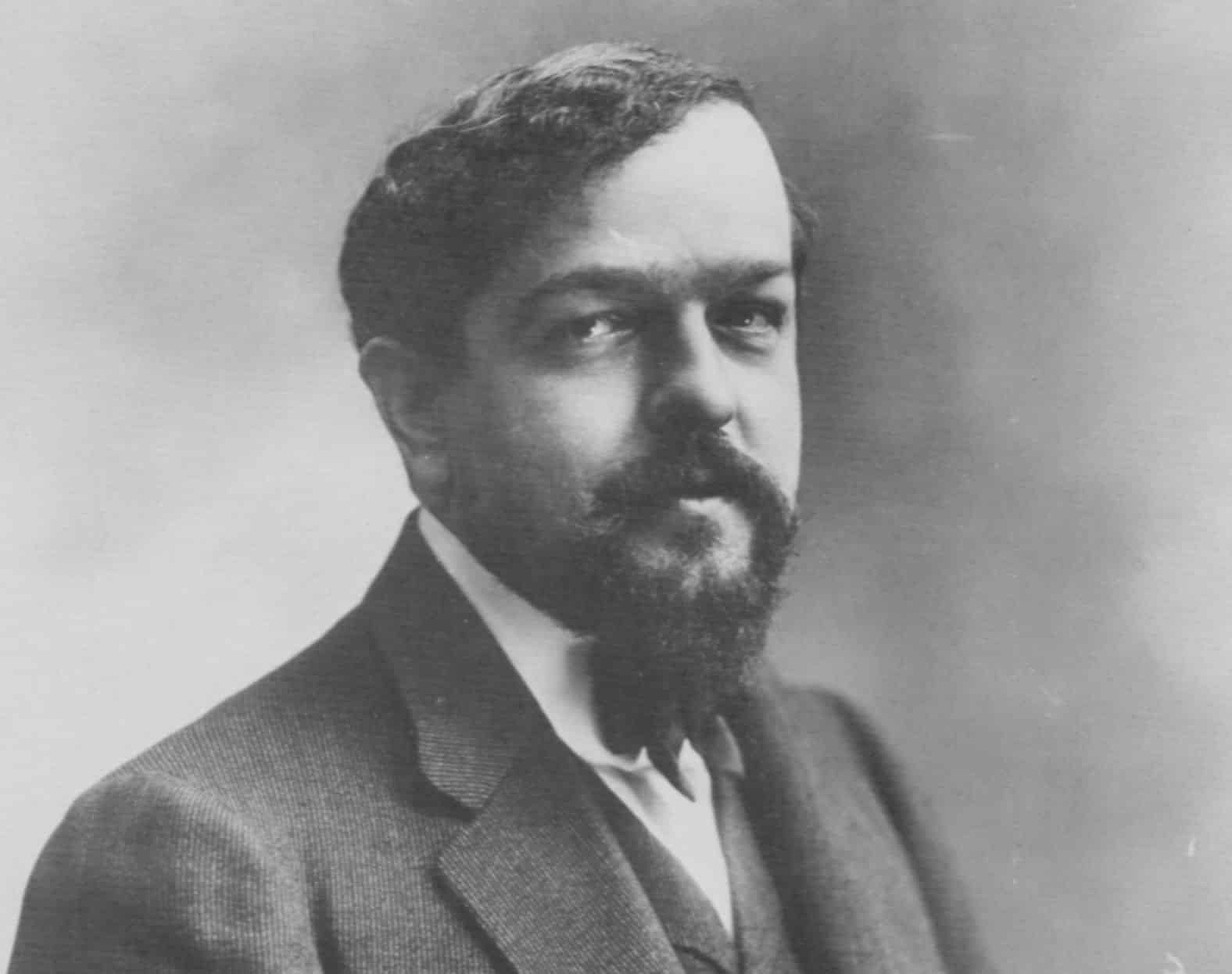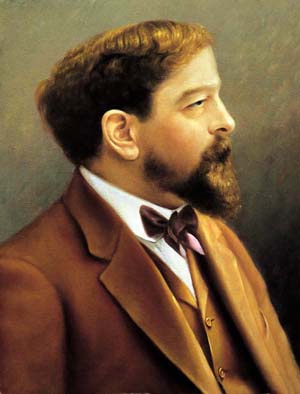Claude Debussy, a luminary of impressionist music, was born on August 22, 1862, in Saint-Germain-en-Laye, France. His pioneering compositions would revolutionize classical music, earning him a revered place in the annals of musical history.
Debussy exhibited musical talent from an early age, receiving piano lessons from an Italian violinist at the age of seven. His prodigious abilities earned him a spot at the Paris Conservatoire when he was just ten years old. Under the guidance of prominent instructors like Antoine François Marmontel and Émile Durand, Debussy honed his craft and developed a deep appreciation for various musical styles, from the traditional to the avant-garde.
During his formative years, Debussy immersed himself in the vibrant cultural milieu of fin de siècle Paris. He frequented salons and encountered the works of symbolist poets, painters, and fellow composers, which profoundly influenced his artistic sensibilities. Inspired by the innovative techniques of painters like J.M.W. Turner and James Abbott McNeill Whistler, Debussy sought to evoke atmosphere and mood through his music, rather than adhere strictly to conventional forms and structures.
Debussy’s compositions defied the norms of the time, marked by their ethereal melodies, fluid harmonies, and evocative imagery. His breakthrough came with the composition “Prélude à l’après-midi d’un faune” (Prelude to the Afternoon of a Faun), which premiered in 1894. This symphonic poem, based on the poem by Stéphane Mallarmé, exemplified Debussy’s innovative approach to orchestration and musical storytelling, captivating audiences with its dreamlike ambiance and sensual allure.
The year 1902 saw the premiere of Debussy’s seminal work, “Pelléas et Mélisande,” an opera based on the symbolist play by Maurice Maeterlinck. Eschewing traditional operatic conventions, Debussy’s score showcased his mastery of subtle orchestration and delicate vocal writing, weaving a spellbinding tapestry of sound that mirrored the enigmatic narrative of the play.
Throughout his career, Debussy continued to push the boundaries of musical expression, exploring new tonal colors and textures. Works such as “La Mer” (The Sea) and “Images” for solo piano exemplify his fascination with the natural world and his ability to evoke its beauty and mystery through music.
Debussy’s later years were marked by personal and professional challenges, including marital discord and health issues. Despite these obstacles, his creativity remained undiminished, and he continued to compose until his death from cancer on March 25, 1918, in Paris.
Claude Debussy’s legacy endures as a testament to his visionary genius and his profound impact on the course of classical music. His daring innovations and evocative compositions have inspired generations of musicians and continue to captivate audiences worldwide, ensuring his rightful place among the greatest composers of all time.


Comments are closed